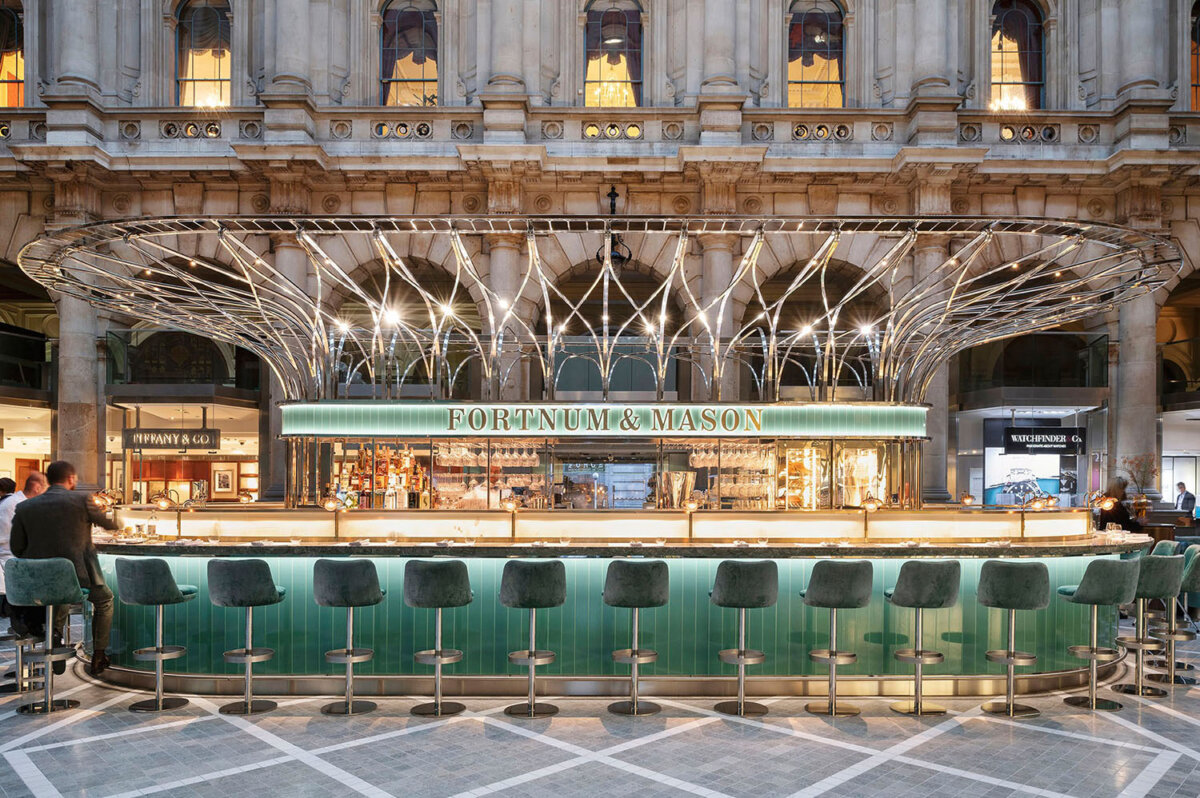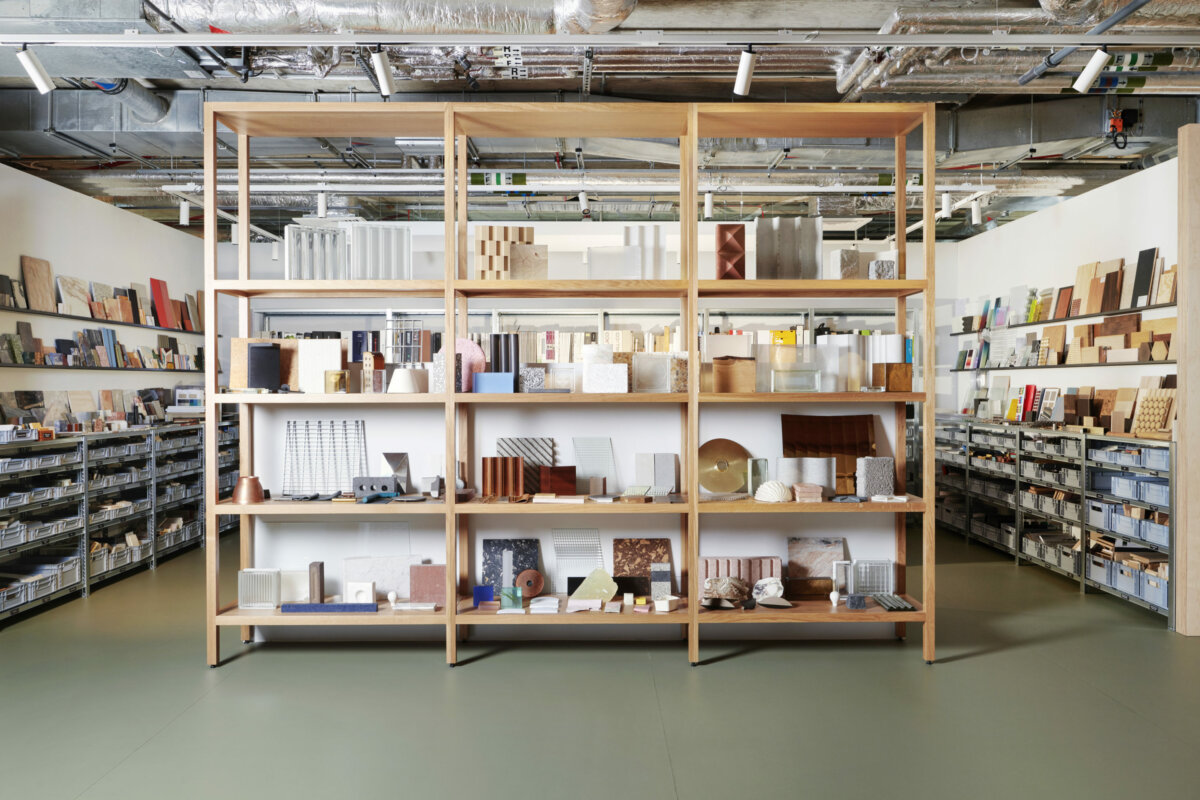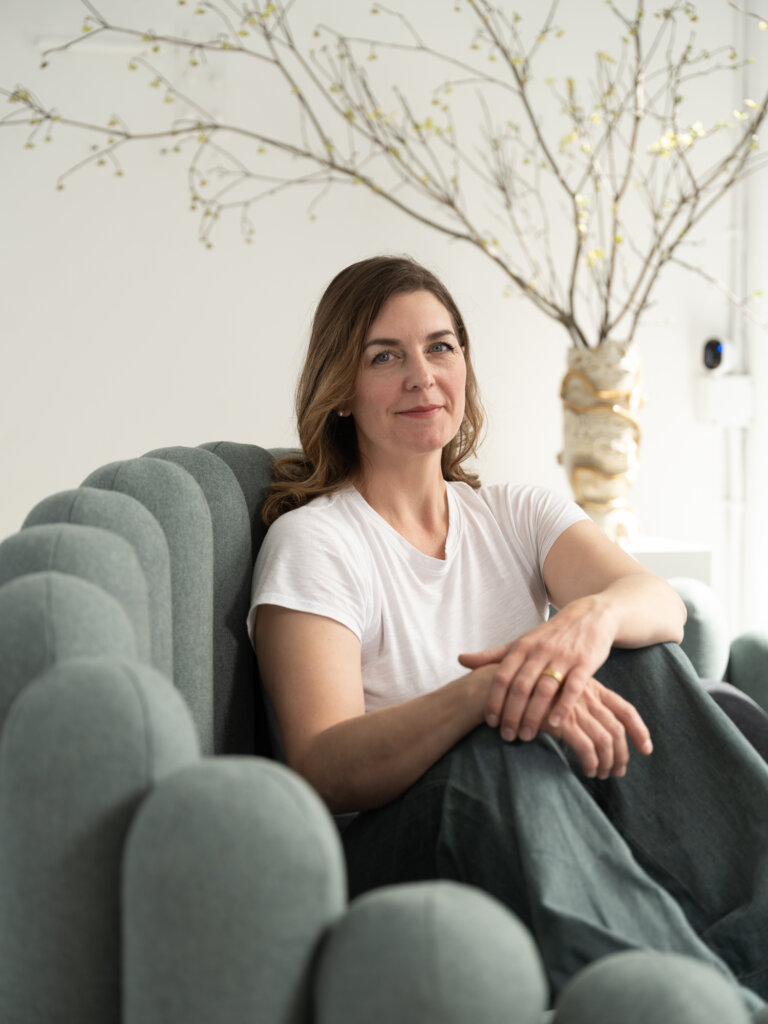
Meet Jason Holley, director of London-based Universal Design Studio, which he runs alongside Paul Gulati. Originally founded by Edward Barber and Jay Osgerby, the bespoke firm has earned a reputation for their rigorous research and collaborative nature with both fellow designers and clients. Holley shares his roadmap to Universal, his biggest successes and challenges along the way, as well as some of his more personal passions.
Tell us about yourself.
I am the principal of Universal, an architecture and interior design practice based in London and (most recently) New York.
I have led the practice since 2008 to deliver a diverse portfolio of cultural, hospitality, workplace, retail and residential projects driven by the belief that this multiplicity creates the best conditions for invention.
I am passionate about the power of design to impact and enrich the world and we strive to make our projects transformative socially, economically, aesthetically, and environmentally, from the reimagining of old buildings to creation of new archetypes. Our work ranges in scale, from the design of a bespoke door handle (the first touch point in a building) and the interior spaces through to the architecture.
The foundations of the studio derive from Barber & Osgerby and that detailed approach to making runs through everything we do. Our entire philosophy is built on a rigour and approach to craft.
What was your first design job?
While at university, I started a design practice called Minusone with three friends. (One of these is Paul Gulati, also director at Universal). We were very impatient and wanted to get our ideas out into the world as soon as possible. We were passionate about an interdisciplinary approach to design, which quickly resulted in a series of projects that spanned across film making, furniture, interior design, and architecture.
Unfortunately, our interdisciplinary approach didn’t extend to PR, marketing, or new business activities—and as quickly as it all started, it ended.
How did you wind up at your firm? What attracted you to your firm?
In the early days of Minusone, I considered Universal to be a direct competitor (however, in hindsight this was more vanity than anything else). Universal had just launched Stella McCartney’s fashion boutique in New York and I thought it was an incredible project. For me, it set a new standard in interior design, where the whole environment from the furniture to architecture was delivered with the same detailed and rigorous approach. A design that expressed ideas through every detail. I knew that Universal was the right place for me and I joined soon after.
Did you always know you wanted to be a designer?
Yes. From a very early age I wanted to be either a footballer or an architect. For some time, those two ambitions were neck and neck but in the end architecture won. I’m not sure where the idea of architecture came from, but I know I had always said I wanted to be an architect so that I could design my own house. That’s something I’ve still yet to do!
What has been your career highlight to date and what do you still dream to achieve?
Ace Hotel Shoreditch was a landmark project for the studio. It was our first hotel project and Ace’s first project outside the United States. Having not designed a hotel before meant that we were questioning every part of the project, finding new ways of doing things and continuously rewriting the brief. This approach was essential to Ace and a process that we take to all our projects. Always challenging conventions and ourselves. Always seeking out more.
How do you typically find your creativity?
For me creativity starts with talking with others. Our studio’s approach to creativity is very collaborative. When we receive a new brief, we assemble a group of designers all with different areas of expertise and backgrounds to interrogate the project. Having the ability to look at a project from a different perspective is essential and our expertise across multiple sectors plays a big part in this.
Your firm is based in London but you also just set up a New York studio. How do each of these cities inspire you?
I have always felt there is a strong affinity between London and New York. I live in London but have spent a lot of time in New York over the years. Both cities are incredibly diverse with an incredible creative energy. New York also has a strong collaborative spirit with people really happy to meet, discuss ideas, and share contacts.
What is your favorite creative outlet outside of work?
I love cooking. There is such a strong synergy between design and cooking. I spend much of my time thinking about food, selecting ingredients, figuring out combinations of flavor, texture, and color, and trying new processes—taking raw materials and transforming them into something wonderful. Cooking is also a real act of love and the feeling of delivering food to the table to share with your loved ones is unbeatable.
What is the most challenging project you’ve worked on?
Ace Hotel in Shoreditch. It is often that the most challenging projects are also the ones you are most proud of. Guided by the desire for the hotel to become a thread within the fabric of the neighborhood, the project was an opportunity to develop our collaborative practice engaging local artists, designers, consultants, and manufacturers. This fostered a strong sense of place that made the hotel ‘of London, and for London’ but it was not without its difficulties that are inherent to collaboration. As Alex Calderwood (founder of Ace) put it, ‘politeness is the enemy of true collaboration.’
A wellness tip or practice to try?
Any repetitive act. Peeling potatoes, knitting, washing up. When you do repetitive manual tasks, your mind can wander into a daydreaming state, which lets signals flow freely in the brain and helps creative thinking to flourish. This trance-like, unfocussed state of mind is known as open awareness, a theme we explored for our 2017 pavilion for London Design Festival entitled On Repeat.
Music to listen to?
‘The Miner’s Hymns’ by Jóhann Jóhannsson
‘Portrait of Linda in Three Colours’ by Sonny Sharrock
‘Quique’ by Seefeel
A space to organize?
My head







